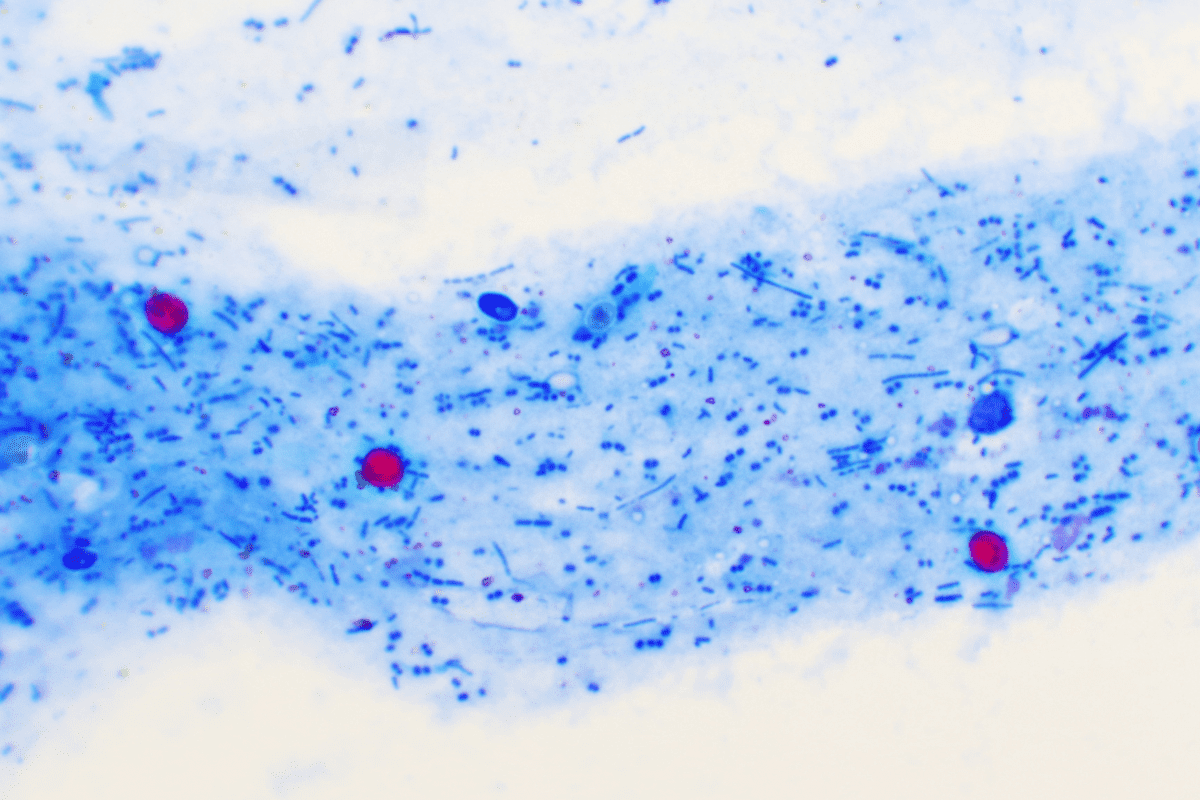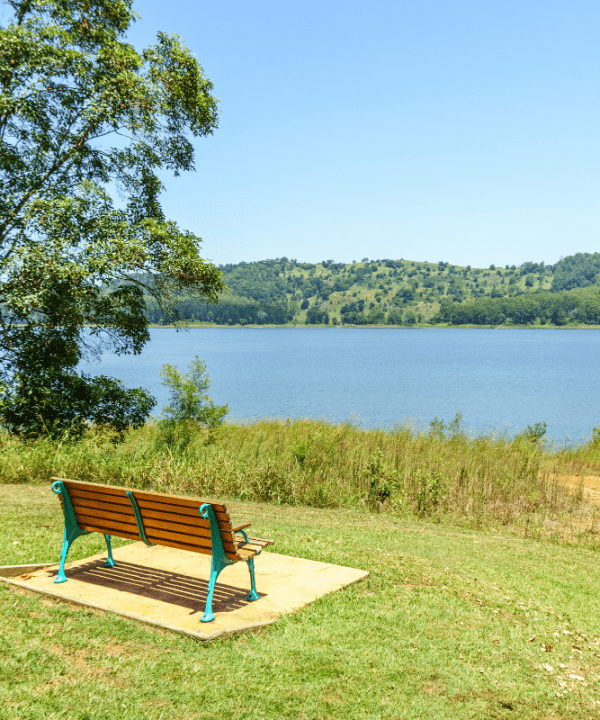
PROJECT DETAILS
- Project No 1037
- Project Name Literature Review: Crypto/Giardia in catchments
- Lead Organisation Water Research Australia
- Research Lead Murdoch University
- Main Researcher Una Ryan
- Completion Year 2010
Project Description
Cryptosporidium, a microscopic single-cell parasite, forms an “oocyst” with a resistant outer layer analogous to an eggshell. Oocysts survive for a long time in the environment but UV in sunlight, and high temperatures that cause desiccation, kill them. If a mammal drinks water containing live oocysts, they embed in the gut wall and continue their lifecycle until eventually many more oocysts are excreted. There are 26 species of cryptosporidium but only five infect humans, and two; Cryptosporidium hominus and Cryptosporidium parvum, cause approximately 95% of all human infections. C. hominus occurs only in humans, but C. parvum is also found in cattle, sheep, and other animals. The problem is that human-infecting oocysts are excreted by animals in catchments and rain can wash live oocysts into water reservoirs. This research collated peer-reviewed published literature, and information and data collected by the water industry, then characterised the distribution of different Cryptosporidium species in Australian catchments. This led to recognition of a research need to track and predict live and dead oocyst transport during different weather events, and to model and evaluate catchment management initiatives such as excluding cattle from reservoir areas.





